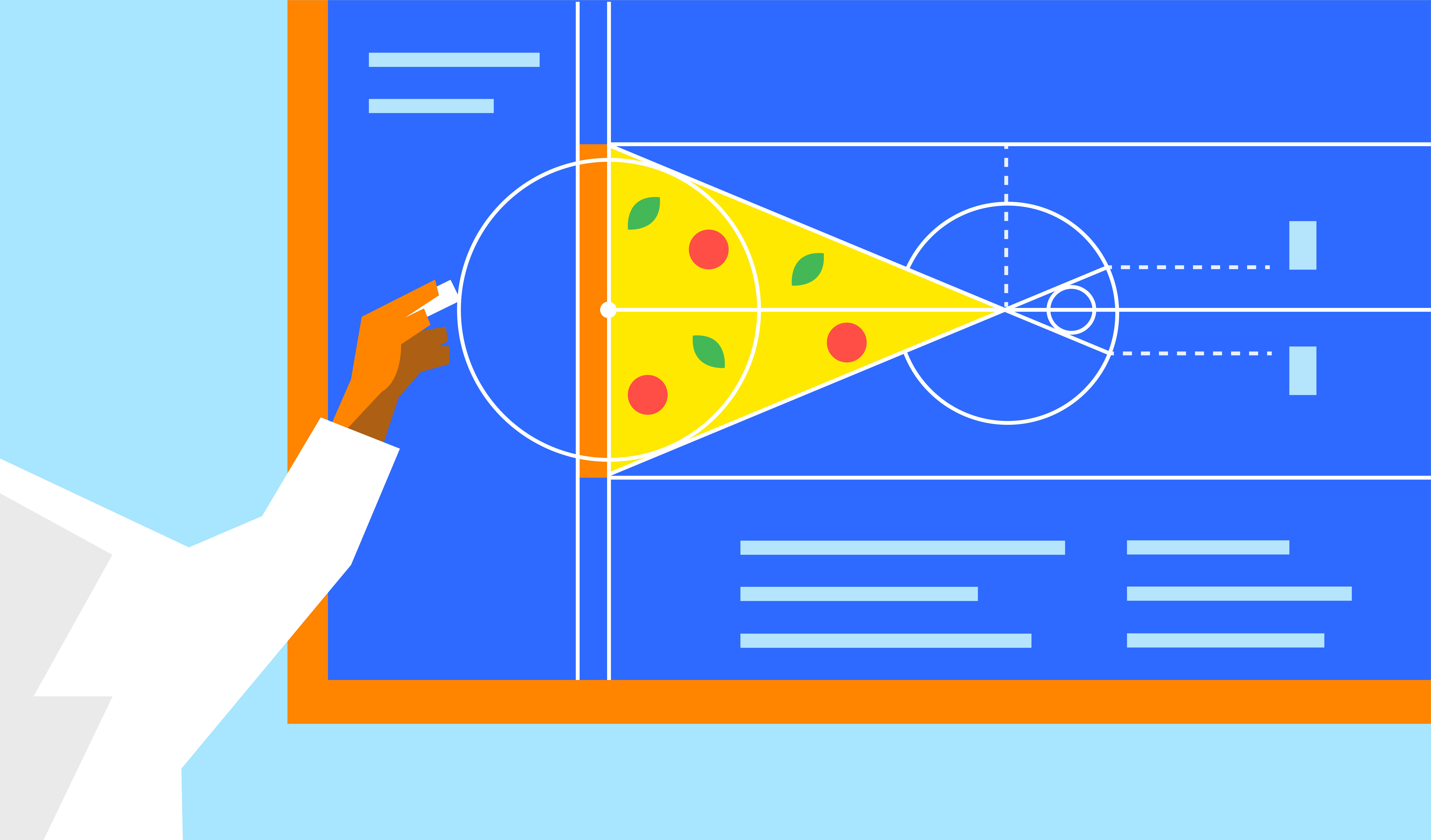Written and medically reviewed by Nicole Grant, RD
We’ve all felt them, and we’ve all given in to them at some point. But, despite their common occurrence, food cravings can be a tricky puzzle to solve. Do we, for example, acquiesce to the beckonings of the taco truck down the street? Or do we keep walking forward with a brave face, unscathed by our innermost desires? And what is causing us to have a hankering for tacos in the first place?
Knowledge is power, especially when health is concerned. If you’ve been encountering craving-shaped hurdles in your health journey, try taking a few steps back to look at the bigger picture. Understanding why these cravings are happening in the first place will help you tackle them head-on.

What Are Food Cravings?
A food craving can be defined as an intense desire to eat a specific food or food group, typically of the energy-dense and highly-palatable variety (think potato chips, ice cream, or even cereal).
Cravings can often be confused with hunger cues, but there are usually distinct differences between the two. While hunger cues tend to come on slowly and increase gradually, cravings are quick and strong. Additionally, unlike a craving, true hunger means that most foods will seem appetizing.
What Impacts Food Cravings?
Although hunger and food cravings can coexist, you do not need to be hungry to experience a food craving. Common triggers for food cravings can be influenced by physical, mental, and behavioral factors.
The Physical
Blood sugar, dopamine, and physiological responses tend to play a big role in food cravings. Highly-palatable foods, especially those rich in added sugars, trigger the release of dopamine and reward systems in the brain, typically encouraging food consumption beyond our necessary energy requirements. This overconsumption, especially of added sugars, can then lead to the reduced ability to distinguish between true hunger and food cravings.
Cephalic phase responses (CPRs) are physiological reactions initiated by exposure to food and sensory cues such as sight, smell, and taste. Over time, our bodies learn that certain cues are associated with food intake. When exposed to those cues, various processes occur to instigate digestion, such as changes in heart rate, heart rate variability (HRV), salivation, blood pressure, skin conductance, and gastric activity. In turn, these changes correlate to increased cravings and hunger.
The Mental
Emotions can have a huge impact on our nutrition. Fear, stress, anxiety, joy, pleasure, and boredom are common feelings that can affect our eating patterns. In one study, emotions, especially of the negative kind, were associated with a higher tendency to use food as a coping mechanism, inducing more intense feelings of hunger.
Innately, short bouts of positive stressors (like exercise) can decrease our desire to eat. However, chronic or acute emotional stress in those who have a history of eating as a coping mechanism can lead to overeating, especially for energy-dense foods. Emotional eaters, in particular, have been shown to consume more sweet and fatty foods in times of acute stress.
The Behavioral
Our environment can also be a cue for certain behaviors. Finding yourself at a bakery with infamous pastries or meeting friends at a restaurant known for its fettuccine alfredo can easily trigger memories, and, in turn, cravings, for that particular dish.
What’s more, dieting and restrictive practices can also lead to a higher risk of food cravings and overeating. A study on short-term carbohydrate and protein restriction showed that cravings for certain food groups increased on the days participants were intentionally told to restrict. In addition to the increased food cravings, the carbohydrate-restricted group also consumed more carbohydrates on their unrestricted eating day (following the restrictive day) compared to the other groups.
How Can I Deal with Food Cravings?
No matter the frequency or intensity of your cravings, there are a number of steps you can take to ensure that you’re making healthy choices for you and your body.
#1. Assess Your Physiology
Work with your healthcare practitioner to address any underlying blood sugar issues. In some cases, you may need to limit the consumption of added sugars or processed carbohydrates.
#2. Identify Triggers
To break negative eating patterns, start by identifying your current triggers around cravings. For instance, if your brain is used to having a chocolatey, sugary treat after lunch, think of another way to reward yourself — going for a nice walk, calling a friend, or reading a chapter of your favorite book could all be enjoyable ideas.
#3. Make Use of Mindful Practices
Mindful practices such as mindful eating and mindful meditation have been long-standing traditions in productively addressing food cravings. Mindfulness allows you to be present in the moment, listening to your body and tuning in to the emotions and thoughts that can fuel cravings.
#4. Optimize Your Food Environment
Optimizing your food environment is a simple strategy to set yourself up for success. Think about whether your current food environment — e.g. what’s in your fridge or pantry — is helping or hindering you to make healthier choices.
Foods that are harder to obtain are easier to avoid, so consider minimizing highly-palatable foods in your home and office spaces. Keep cookies on a high shelf, stick chocolate bars in the freezer, or even consider not buying those foods at all. That way, if you want to give in to your cravings, you’ll need to make a trip to the grocery store to buy them.
#5. Be Aware of Dietary Restrictions
For some, black and while rules around food are helpful in creating better nutrition habits. For others, too much restriction can have the opposite effect. If removing certain foods or categories of food from your diet leads to stronger cravings, try an approach of moderation coupled with mindfulness. That is, allow yourself access to all foods, but make sure you give yourself the time and space to be conscientious and deliberate with your eating.
#6. Accept and Acknowledge Your Cravings
At the end of the day, food cravings are a normal part of life. You might crave food for comfort, because you’re out with friends, or just because it tastes good. It’s okay to not always focus on food as fuel, but it is important to pinpoint your cravings and recognize that they’re usually accompanied by a need for something else, whether it be stress relief, stimulation, or just a change of scenery. Food is one way to address that need, but not your only choice.
References
Meule A. (2020). The Psychology of Food Cravings: the Role of Food Deprivation. Current nutrition reports, 9(3), 251–257. https://doi.org/10.1007/s13668-020-00326-0
Freeman, C. R., Zehra, A., Ramirez, V., Wiers, C. E., Volkow, N. D., & Wang, G. J. (2018). Impact of sugar on the body, brain, and behavior. Frontiers in bioscience (Landmark edition), 23(12), 2255–2266. https://doi.org/10.2741/4704
Nederkoorn, C., Smulders, F. T., & Jansen, A. (2000). Cephalic phase responses, craving and food intake in normal subjects. Appetite, 35(1), 45–55. https://doi.org/10.1006/appe.2000.0328
Macht, M., & Simons, G. (2000). Emotions and eating in everyday life. Appetite, 35(1), 65–71. https://doi.org/10.1006/appe.2000.0325
Oliver, G., Wardle, J., & Gibson, E. L. (2000). Stress and food choice: a laboratory study. Psychosomatic medicine, 62(6), 853–865. https://doi.org/10.1097/00006842-200011000-00016
Coelho, J. S., Polivy, J., & Herman, C. P. (2006). Selective carbohydrate or protein restriction: effects on subsequent food intake and cravings. Appetite, 47(3), 352–360. https://doi.org/10.1016/j.appet.2006.05.015
Tapper K. (2018). Mindfulness and craving: effects and mechanisms. Clinical psychology review, 59, 101–117. https://doi.org/10.1016/j.cpr.2017.11.003
- Why Should We Care About Hormones? Fasting and Hormone Health - April 1, 2024
- Should You Consider a Continuous Glucose Monitor (CGM) If You’re Non-Diabetic? - March 18, 2024
- All About Insulin and Its Effect on Your Weight-Loss Journey - February 19, 2024






